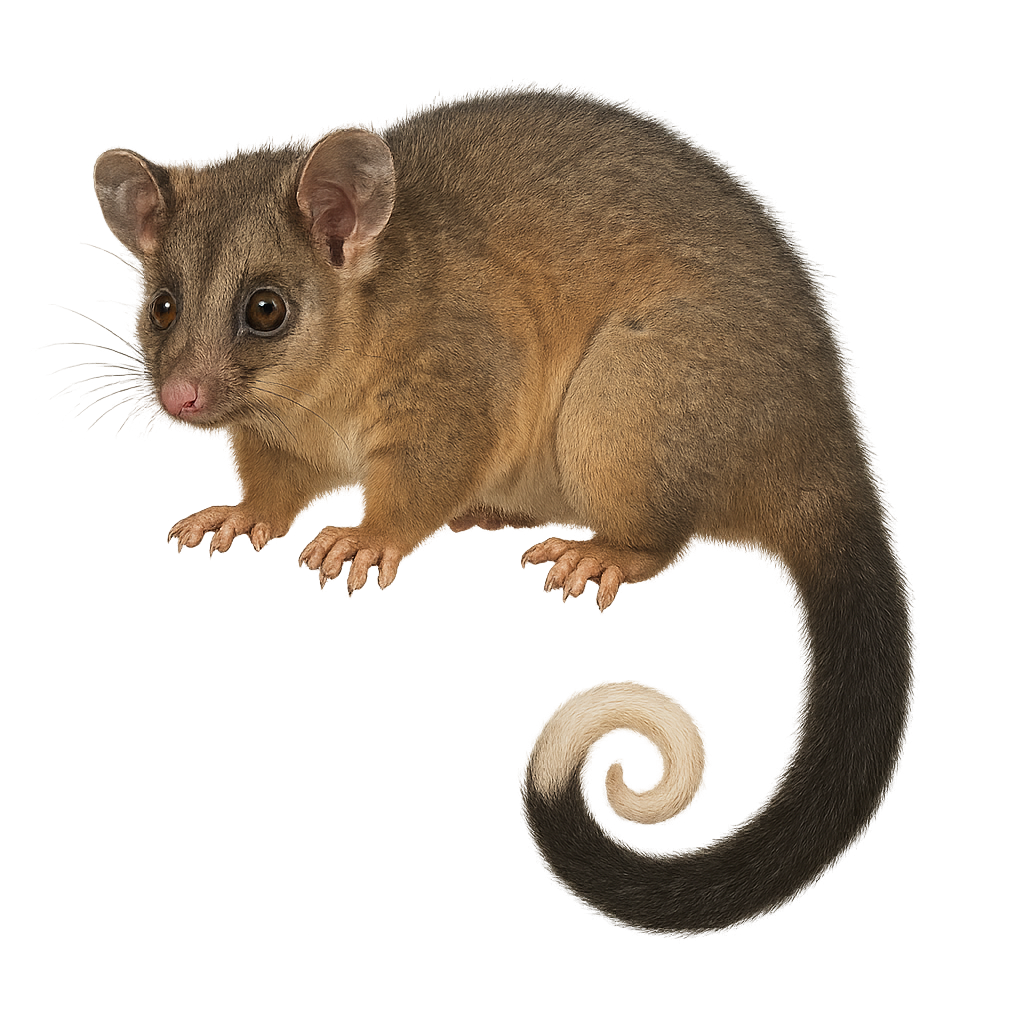Your wildlife photography guide.
Explore the common ringtail possum in detail, study its behavior, prepare your shots.
Where to observe and photograph the common ringtail possum in the wild
Learn where and when to spot the common ringtail possum in the wild, how to identify the species based on distinctive features, and what natural environments it inhabits. The WildlifePhotographer app offers tailored photography tips that reflect the common ringtail possum’s behavior, helping you capture better wildlife images. Explore the full species profile for key information including description, habitat, active periods, and approach techniques.
Common Ringtail Possum
Scientific name: Pseudocheirus peregrinus

IUCN Status: Least Concern
Family: PSEUDOCHEIRIDAE
Group: Mammals
Sensitivity to human approach: Suspicious
Minimum approach distance: 10 m
Rut period: March to May
Gestation: 16-18 jours
Births: March to June
Habitat:
eucalyptus forests, rainforests, wooded areas
Activity period :
Mainly active at night, generally discreet during the day.
Identification and description:
The Common Ringtail Possum, or Pseudocheirus peregrinus, is an arboreal marsupial native to Australia. It is easily recognizable by its prehensile tail, which it uses to navigate through trees. This small nocturnal mammal measures about 30 to 35 cm in length, with a similarly sized tail. Its fur is generally gray with brownish tones, and it has a distinctive white stripe on its belly. It primarily inhabits eucalyptus forests, feeding on leaves, flowers, and fruits. The Common Ringtail Possum is a social animal, often living in small family groups in nests called "dreys".
Recommended lens:
400 mm – adjust based on distance, desired framing (portrait or habitat), and approach conditions.
Photography tips:
To photograph the Common Ringtail Possum, it is advisable to use a telephoto lens of at least 400mm to capture detailed images from a distance without disturbing the animal. Look for areas where eucalyptus trees are dense, as these possums are often active there at night. Use a tripod to stabilize your camera in low-light conditions. Be patient and watchful for movements in the trees. Twilight or dawn light can offer interesting opportunities to capture unique shots.
The WildlifePhotographer App is coming soon!
Be the first to explore the best nature spots, track rutting seasons, log your observations, and observe more wildlife.
Already 1 450 wildlife lovers subscribed worldwide

